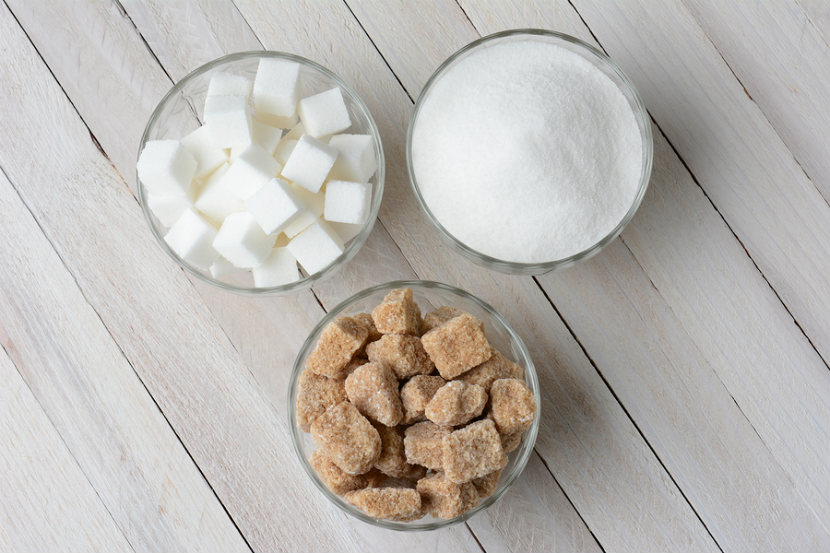
Do you have questions about sugar and healthy eating? Read on to learn how to make healthy choices when it comes to sugar and sweet foods.
What is sugar?
Sugar is a type of carbohydrate. It breaks down in the body to become a source of energy called glucose. There are two categories of sugar found in foods:
-
Naturally occurring sugar - like sugar in fruit and milk
-
Added sugar - sugar added to foods like pop and baked goods
Do I need to avoid foods with naturally occurring sugar?
No. Foods like fruit and milk are nutritious and are part of a healthy eating plan.
Should I limit the amount of added sugar I have?
Yes. Canada’s Food Guide recommends limiting food and drinks that are high in added sugar.
What foods have added sugar?
Sugar is added to food and drinks like:
-
Desserts (pudding, ice cream, baked goods, chocolate)
-
Candy
-
Pop
-
Snacks (cereal bars, canned fruit in syrup)
-
Sweetened coffee drinks
-
Energy drinks
-
Fruit drinks
-
Chocolate milk
-
Some breakfast cereals and oatmeal
-
Some yogurts
How do I read the Nutrition Facts Table for sugar?
The Nutrition Facts Table lists total sugars only. It does not show naturally occurring and added sugars separately.
-
Look under "Carbohydrates" to find the amount of sugar (in grams) in one serving of the food.
-
When choosing between foods, compare products and choose the one with less or no added sugar.
What should I look for in the ingredient list to spot added sugar?
Below are other names for added sugar. If these names are listed in the first few ingredients on a food package, the food is likely high in added sugar. Naturally occurring sugars are not listed in the ingredient list.
|
Agave Brown sugar Cane sugar or evaporated cane juice Concentrated fruit juice Corn syrup Dextrose or dextrin Fructose Galactose Glucose Glucose-fructose High fructose corn syrup |
Honey Invert sugar Liquid sugar Maltose Maple syrup Molasses Nectar Raw sugar Sucrose Syrup White sugar |
Hint: Ingredients ending in "ose" are likely sugars. Added sugars like honey and agave are no healthier than other types of added sugar.
What do the different sugar claims mean on food packages?
|
Nutrient content claim |
What it means |
|
“Sugar-free” or “Sugarless” |
A specific amount of the food has less than 0.5g of sugar or less than 5 calories. |
|
No added sugar |
The food must not have any added sugar. Note: Natural sugars may be present in the food. |
|
Reduced or lower in sugar |
Compared to a similar product, the food must have 25% less sugar per serving. |
|
Unsweetened |
The food has no added sugars or artificial sweeteners. |
Can eating sugar cause cavities?
Yes. To prevent cavities, eat sugary foods with meals and then brush your teeth. If you can’t brush your teeth right away, eat an apple or chew a piece of sugarless gum. The saliva you make when chewing gum helps to wash some of the sugar off your teeth.
How can I reduce the amount of sugar in recipes?
Here are some great tips for reducing the sugar content of the foods you cook and bake.
Bottom line
Foods like fruit and milk that have naturally occurring sugar are nutritious and are part of a healthy eating plan. Canada’s Food Guide recommends limiting food and drinks that are high in added sugar. Added sugars like honey and agave are no healthier than white sugar and brown sugar. Look at the Nutrition Facts Panel and the ingredient list to compare products and choose foods will less sugar.
You may also be interested in
Kids, Sugar and Healthy Eating
Diabetes, Sugar and Sweet Foods
What You Need to Know About High Fructose Corn Syrup
Last Update – February 7, 2019